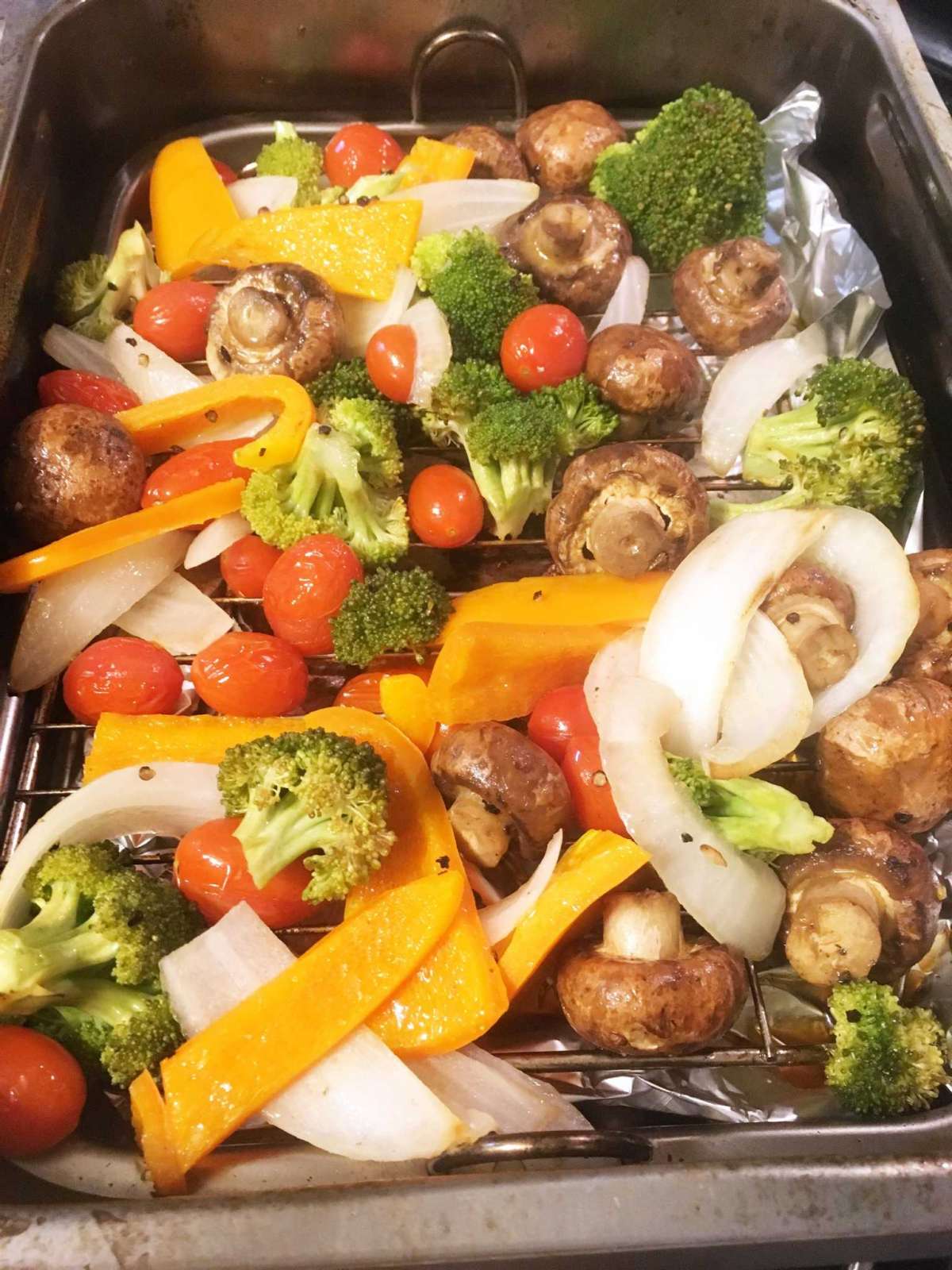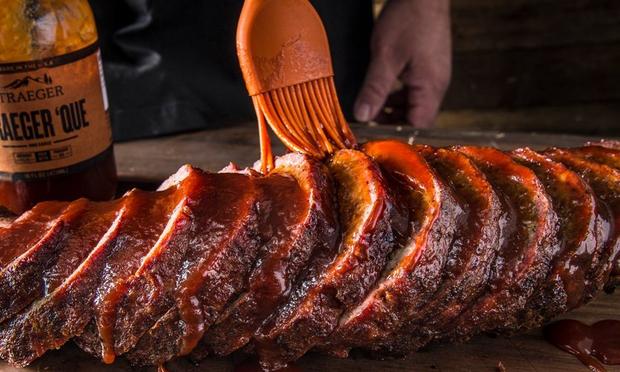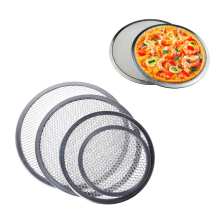
Hickory and Sugar Maple are excellent options for smoking pork. Peach and Pecan trees can also be used. Each wood has a different flavor profile and can be used to smoke pork. These tips will help you smoke pork correctly. Once you know how to select the right wood for smoking, you can enjoy great tasting pork and succulent ribs. You may be surprised to learn that each wood has its own distinct aroma.
Pecan wood
If you like the taste of nutty-sweet smoked pork, try using pecan wood. Its mellow flavor pairs well with pork and beef cuts, and is ideal for ribs, pork chops, and bacon-wrapped meat. Pecan wood can withstand the heat of beef making it a great choice to smoke meats. Other woods used for smoking food include pine, maple, and oak.
Pecan wood is another great wood for smoking pork. Pecan wood is a great choice for smoking pork because it imparts a light, nuanced flavor to the meat. It will also make your friends and family captivated with its unique aroma. Pecan wood adds a rich flavor and texture to meats, making it ideal for slow-cooking more tender cuts. Here are some pros and cons of using pecan wood for smoking pork:
First, choose the right kind of wood to smoke your meat. The wood should have a smokey flavour to the meat. Avoid softwoods like pine and maple. These woods could be dangerous for your health. Additionally, the sap from these woods can be toxic. Before smoking pork with pecan wood, consider the size and shape your smoker. You can smoke your pork using wood with a lighter tone if you are worried about the taste.
Oak is another wood that's popular for smoking pork. Oak has a subtler flavor than cherry and applewood. Its versatility makes it ideal for pork smoking. Oak isn't able to give off the same fruity flavors as cherry or applewood so it's the best option for smokers who want a smoky flavor but without the bitterness.
Hickorywood
Hickory is the ideal wood to give pork that perfect smoky flavor. This wood adds an earthy, bacon-like taste to pork. It can also be used in any sauce or rub. You may find that hickory can be overwhelming to meat. To get a more complex flavor, you might want to mix it up with a fruity or nut wood.
Although hickory is the best wood for smoking pork, you can also use other types of wood. Alder, for example, imparts a mild smoky flavor, while pecans have a sweeter flavor without overpowering the meat. Softwoods may contain chemicals and contaminants that can be harmful to your health. Avoid using softwoods to smoke pork.
Hickory is the best wood for smoking pork. Hickory is more suitable for large cuts of meat as it burns for longer than chips. The size you use to smoke pulled pork depends on how big your smoker is. A delicious and authentic version of pulled pork can be made with apple, pecan, or peach wood.
Orange wood can also be used for smoking pork. Orange wood is a great choice for smoking pork because it imparts a citrus-like flavor to the meat. This wood is best when it is paired with hickory or other more intense woods. Although orange wood is a great choice for smoking pork chops, it may take a bit longer to smoke than hickory. It has a mild citrusy scent that can bring a new dimension to smoked pork.
Mesquite wood

Mesquite wood is one of the most popular types of wood to smoke meat. This wood is known for its strong smoke flavor, which discolors meat. It burns fast and produces more smoke than other types of wood, so use it sparingly. Mesquite works well with pork and red meat, particularly brisket. The following tips will assist you in selecting the best wood to smoke your pork.
Mesquite is the strongest type of wood for smoking pork. It is considered to be the best wood to use for a flavorful pork. If you smoke delicate meats, mesquite should be avoided. Try pairing mesquite and a lighter wood. Mesquite can be used for thick cuts, such as the pork shoulder.
Hickory has slightly more sweetness than mesquite. Mix it with applewood for a milder flavour. If you're new to smoking, it's best to stick to fruitwoods for the first few times. Hickory can be added to your mixture gradually. Once you're confident with mesquite, you can go for it.
Apple wood has a slight, sweet, nutty scent. Apple wood can be used for all traditional cuts of pork. This wood is especially good for shoulder cuts that require longer cooking times. Mesquite is a good choice if you are looking for wood to smoke pork. You can also use different types of wood. Make sure you choose the right wood for your recipe.
Peach wood
You won't find a better wood to smoke pork if you look closely. Peach wood has a floral and light flavor that will enhance any pork dish. This wood pairs well with pulled pork and lighter cuts of meat. Peach wood's slight tang makes it a great complement to sweet sauces. Peach wood can be used as a standalone ingredient, or it can be combined with other woods to produce even more delicious results.
Apple wood is another great wood for pork. It can also be used to lessen the smokiness from solid hardwoods. Apple wood is a sweet, delicate smoke that can be added to pork. If you're not sure which wood to use, apple wood may be a good choice. Its flavor is milder than woods such as cedar or maple, and it can be used to smoke poultry, too.
Cherry wood is another good wood for smoking pork. Its flavor is subtle and complements pork quite well. It goes well with pork and other heavier smokers. It is an excellent wood for beginners as it mixes well with lighter flavored meats. You can experiment with different types of apple, maple and peach wood if you aren't sure which wood to use. Soon you'll discover which wood is best for smoking pork.
Red oak wood
While there are many types of wood that can be used for smoking meat, the most preferred is red oak. This hardwood produces a pleasant smoke that is not toxic to meat. It is further divided into southern red oak (pin oak), live oak, and pin oak. No matter what oak variety you choose, your barbecue will have a pleasant smokey flavor. And a good pitmaster can tell you how much wood to fire to create tender barbecue.

Smoke the meat and then add the wood, water and grate to the smoker. Cover the smoker to let the steam build up. Smoke pork until the internal temperature reaches 250 degrees Fahrenheit. This will take several hours. Once the meat has been rested, it will become tender and juicy. After it's cooked, place the meat on a platter or in a crockpot. This delicious and flavorful meat will taste even better over the next day.
Red oak depends on the meat you are using. Its aroma is very pleasant and can captivate those around you while you smoke. Pecan imparts an earthy, sweet flavor to meats. It is best used for slow and rich cooking. Pecan is excellent for smoking pork. You must follow the instructions provided with your smoker bag.
Maple wood
Maple wood is the perfect wood for smoking pork. Maple wood has a lower acidity than other types of hardwood, which will make your meat taste more tender. Cherry wood, however, will provide a more delicate, fruity flavor. Maple wood can be used to smoke pork. It is also inexpensive. Here are some ways maple wood can be used to smoke pork.
Maple wood is sweet. It is sweeter than other woods, but it doesn't have the same smoky flavor. It has a mild, pleasant flavor that goes well with pork. If you don't want your meat to be strong, maple wood chips can be used in your smoker. Maple leaves emit a milder smoke than other wood types.
Maple wood has another advantage: it can be mixed with other woods. Maple wood can be combined with oak, pecan, and hickory to smoke pork. Maple wood smoke is good for pork flavor and can help reduce fat. This wood gives your pork a golden crust. This wood can be addictive so it's important to not use too much.
FAQ
How can I be motivated to cook?
Sharing meals with family and friends is the best part of cooking. Cooking for one is easier than cooking for another. You can be inspired to cook if you try something new. You'll learn new techniques, and you'll be inspired to cook. Additionally, you can learn about new ingredients and techniques by incorporating recipes from different cultures into your cooking.
How much does it cost to go to culinary school?
Culinary school costs vary depending on where you go, how long you study, and what program you choose. The average tuition ranges from $10,000-$30,000 per year. Most students graduate with about $20,000 in debt. There are programs that offer work-study and scholarships.
Which career path is best for someone who wants a career as a chef or chef? How do I get started as a chef?
As an apprentice, you can start your journey to becoming a chef. Apprenticeships allow you to work for several years without paying any tuition fees. After you complete your apprenticeship, it is possible to apply for a job as a sous-chef. Sous chefs assist cooks with tasks such as making salads, and desserts. They also supervise the operation of the restaurant.
What should a novice cook do first?
An easy dish to start with is pasta, rice, or soup. A recipe book or a YouTube video can help you learn how to cook. Cooking with friends is much more enjoyable. Have a group of friends cook, or cook together.
What are your basic cooking skills
Basic cooking skills include the ability to read recipes and measure ingredients. If you want to be able to cook for yourself, then you need to learn these basic skills. Cooking can be a great way of saving money, as you don't need to go out to eat all the time.
Where can I find free online cooking lessons?
Many websites offer free cooking classes. YouTube has many videos that will show you how to cook different dishes. Some sites offer thousands of recipe options. Although you will have to pay a monthly fee for these sites, you can always try them for free for 30 consecutive days.
Statistics
- The median pay for a chef or head cook is $53,380 per year or $25.66/hour, according to the U.S. Bureau of Labor Statistics (BLS). (learnhowtobecome.org)
- You'll be amazed that over 90% of CIA students receive scholarships and grants to finish their culinary studies. (ischoolconnect.com)
- On average, chefs earn $58,740 a year, according to the BLS. - learnhowtobecome.org
External Links
How To
How to make a perfect Omelette
Omelets are one of my favorite foods to eat at breakfast. But how do you make them perfectly? I've tried many recipes and different methods but none have worked. I have some tips and tricks to help you make delicious, fluffy omelets every single morning.
When making omelets, it is important to be aware that eggs can be temperamental. You must get them fresh, organically, and keep them cold until you cook. If they are not kept cold enough, the whites won’t form properly. The yolks will also break down too quickly and become runny. This causes your omelets to look oddly colored. If you're going to cook them immediately, it is best if the eggs are still warm.
You might also try separating the egg before adding to the pan. Because this could cause your omelet to become curdled, you don't want any yolk to be mixed with any white.
You might burn the bottom of the egg if you place the egg directly on the stovetop. This could ruin the texture of your omelet. Instead, microwave the egg for 10 seconds before adding it to the pan. The microwave heat is sufficient to cook the egg without overcooking.
Next, let’s talk about mixing the egg. When mixing eggs, it is important to thoroughly beat them. Turn the bowl upside down and grab the whisk to do this. Next, shake the bowl vigorously. This allows the air to be whipped and the egg to be mixed thoroughly.
Now it's time to have fun: pour the milk into the mixture. Fold the eggs in the milk mixture by first pouring half of it into the egg whites. You don't need to worry if streaks remain. They will disappear once you flip your omelet.
After you have folded the eggs, heat the oil in a pan over medium heat. Once the oil has started to sizzle, turn the heat down to low. Add 1/4 cup butter to the oil and swirl it around to coat all sides of the pan. Now carefully crack open the lid of the pan and sprinkle salt into the pan. An additional pinch of salt will prevent the omelet form sticking to your pan.
Cover the pan once the omelet is formed and allow it to cool completely. Flip the omelet with a spatula, or flip it upside down. Cook the other half for another minute. Serve immediately after removing the omelet from its pan.
This recipe works best with whole milk, but skimmed milk also works.